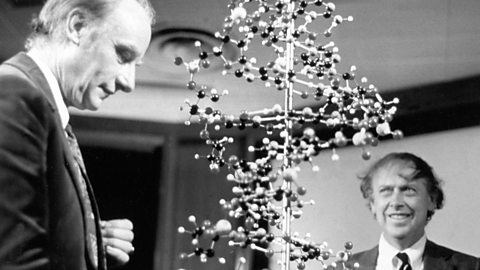
At midday on 28 February 1953, Francis Crick and James Watson walked into The Eagle pub in Cambridge and announced ÔÇťWe have discovered the secret of life.ÔÇŁ
Earlier that morning, in the nearby Cavendish laboratory, the two scientists had discovered the structure of deoxyribonucleic acid, or DNA.
This discovery changed the world of science and medicine forever. Crick, Watson, and Maurice Wilkins shared the Nobel Prize for their work in 1962.
Crick and WatsonÔÇÖs discovery
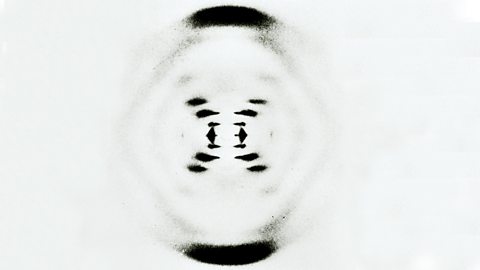
DNA was discovered in 1869, but it took until 1943 before scientists realised that DNA was the genetic material in cells, and that it contained a code for life. The next step was to find out its structure, in order to understand how the gene, the basic unit of heredity, works and how it is passed from one generation to the next.
Crick and Watson were trying to build a 3D model of the DNA molecule. But they were not the only ones working on finding its structure. They were competing with a team at King's College London, who were using a new technique called crystallography to study DNA.
Rosalind Franklin, from the King's College team, made an X-ray diffraction image of DNA, which is known as Photograph 51. This showed that DNA had a helix shape. Without her knowledge, one of her colleagues showed the picture to James Watson. When he saw it, he knew that his and Francis CrickÔÇÖs theory about the structure of DNA was correct.
The structure of DNA

Crick and Watson's feat was to realise that there are two strands that coil around each other to form a double helix. The two threads are held together by bonds between base pairs. There are four types of base - adenine, thymine, cytosine and guanine.
All human cells contain DNA. The 3 billion pairs of bases in each cell fit into a space that is six microns across. If the DNA in one cell was extended it would be two metres long. All the DNA in a human body would extend to Pluto and back.
The human genome - all the genetic material in our DNA - is like the recipe to make a human being. One copy would fill more than a hundred books. It contains 700MB of data (the Encyclopedia Britannica only contains about 130MB).
DNA and evolution
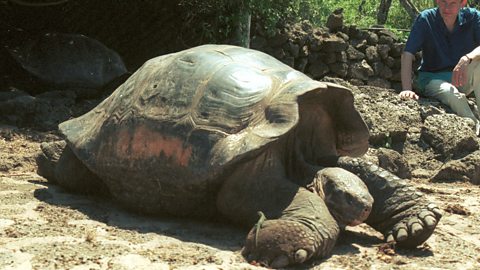
Genetic information is passed down from generation to generation through DNA, so it plays a key role in evolution. This is the process that enables living things to change over time. These changes occur because the genome changes.
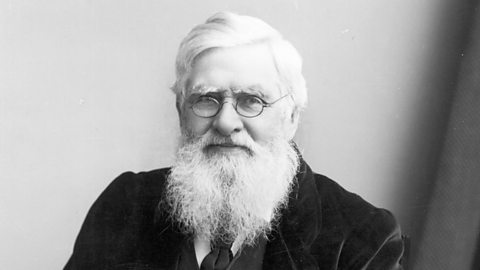
The discovery of the structure of DNA together with an increasing understanding the part it plays in inheritance has proved that Alfred Russel Wallace and Charles Darwin's evolution theories are correct. They said that species originated from a common ancestor. When Darwin published his book On the Origin of Species in 1859, many refused to believe that human beings, apes and monkeys were related.
Incredibly, the four base strands in DNA are responsible for the whole variety of life on Earth. Humans, bacteria and mammoths have the same DNA system. We share 99% of our DNA with chimpanzees and about 50% of our DNA with bananas.
DNA and inheritance. revision-guide
What is DNA and how is the structure of this hereditary molecule responsible for its function? How are scientists using their knowledge of DNA to create and use genetic profiles?
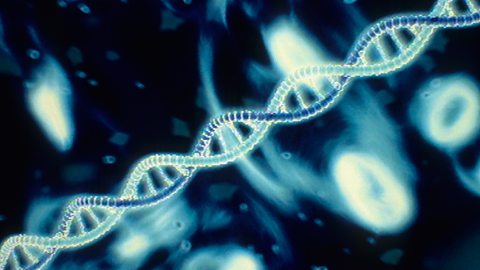
Evolution. revision-guide
Learn about Darwin and Wallace's theory of evolution by natural selection, and what evidence there is in the world today to suggest that species evolve by this mechanism.
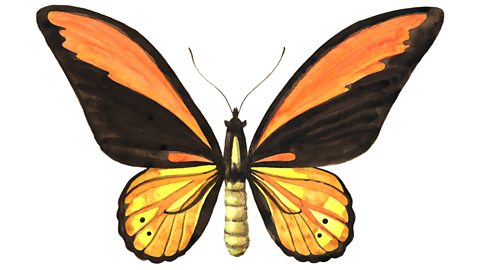
Erthyglau a chwisiau. collection
Chwilio am erthyglau diddorol a chwisiau heriol? Edrycha fan hyn!
